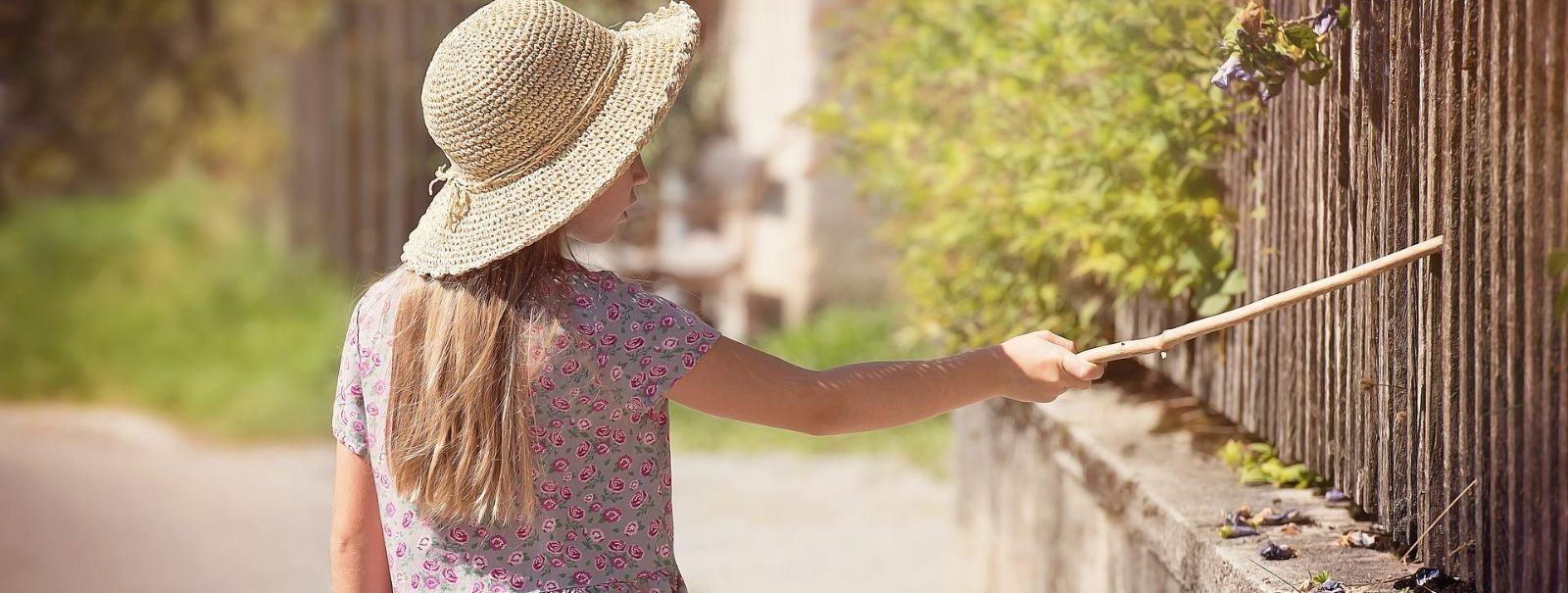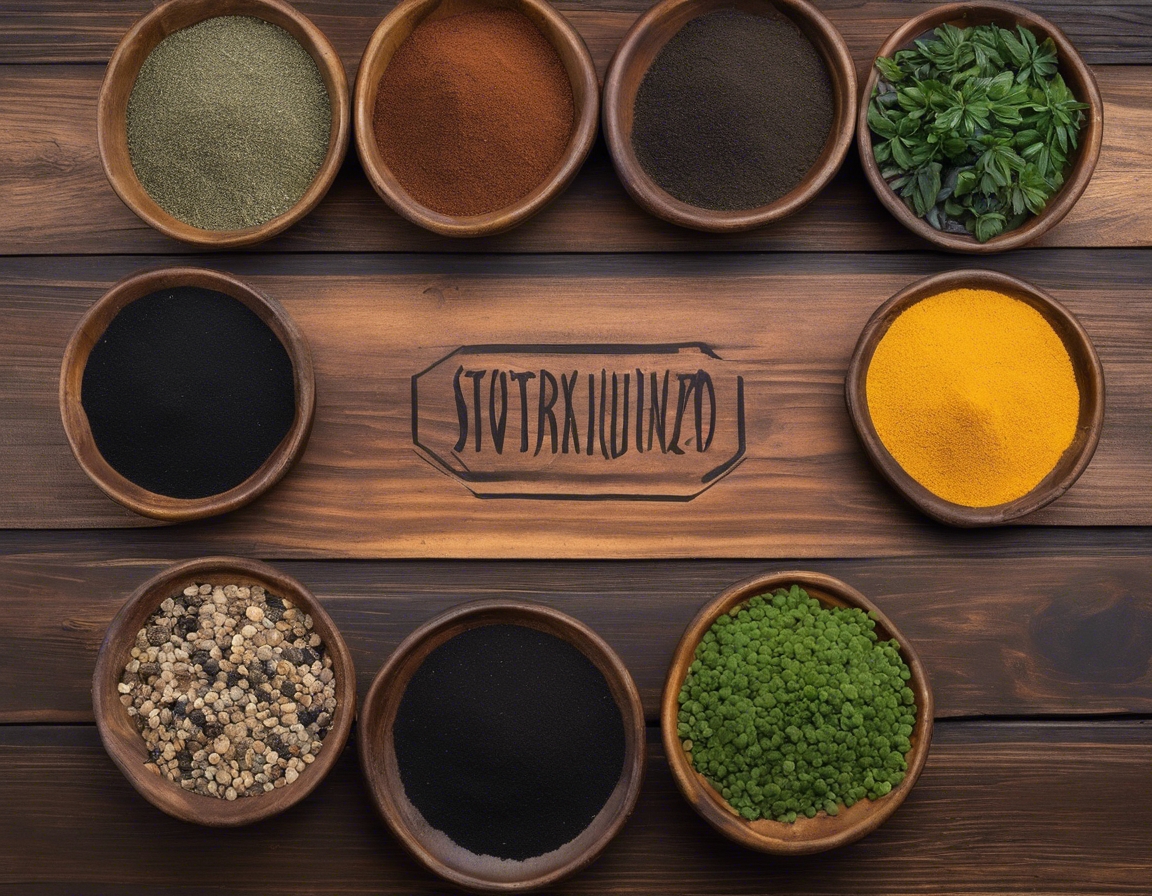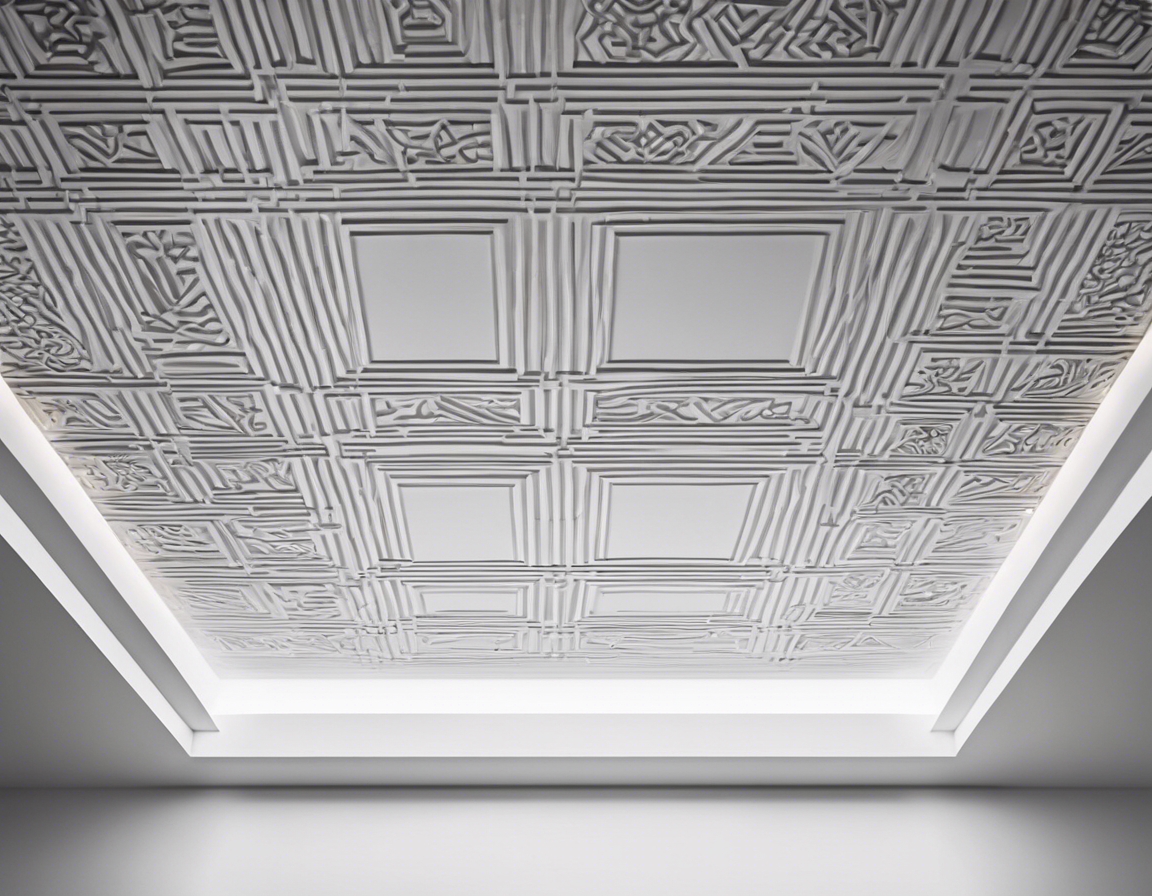The ultimate guide to choosing the right fence material
Choosing the right fence material is crucial for homeowners and businesses in Southern Estonia. The right fence provides security, privacy, and adds to the aesthetic appeal of your property. It's an investment that not only enhances your property's value but also contributes to your peace of mind.
Several factors should be considered when selecting a fence material, including the purpose of the fence, the climate in Tartu, Põlva, Võru, and Valga counties, maintenance requirements, budget, and personal style preferences.
Types of Fence Materials
Wood is a classic and versatile fence material that offers a natural look. It can be painted or stained to match any design preference. However, it requires regular maintenance to prevent decay and termite damage.
Vinyl fencing is a low-maintenance alternative to wood that resists weathering and is easy to clean. It comes in various styles and colors, making it a popular choice for those who want a durable and attractive fence without the upkeep of wood.
Aluminum offers a sleek and modern look, is lightweight, and resistant to corrosion. It's ideal for properties that need a durable fence with minimal upkeep.
Steel is known for its strength and durability, making it suitable for high-security areas. It can withstand harsh weather conditions and provides a formidable barrier against intruders.
Chain link is an economical option that provides security without obstructing views. It's often used for commercial properties and is easy to install and maintain.
Composite materials combine wood fibers with plastic to create a fence that has the appearance of wood but with the low maintenance of vinyl. It's an eco-friendly option that's gaining popularity.
Wrought iron is a strong and durable material that offers a classic and elegant look. It requires some maintenance to prevent rust but is a great choice for those looking for a high-end, decorative fence.
Bamboo is an environmentally friendly and fast-growing material that offers a unique and natural look. It's suitable for creating a private oasis but may require more maintenance in colder climates.
Considerations for Selecting Fence Materials
The harsh winters and variable weather in Southern Estonia require fence materials that can withstand these conditions without deteriorating quickly.
Consider how much time and effort you are willing to invest in maintaining your fence. Some materials require more upkeep than others.
Your security requirements will influence the choice of material. Stronger materials like steel or wrought iron may be necessary for higher security needs.
If privacy is a priority, materials that offer solid barriers, such as wood or vinyl, might be the best choice.
The material you choose should complement the style of your property and meet any design preferences you have.
Budget is always a consideration. Weigh the initial investment against the long-term maintenance costs to make a cost-effective decision.
Be aware of any local building codes or neighborhood association rules that may dictate the type of materials you can use for your fence.
Professional Installation vs. DIY
Professional installation by a company like AIA EHITUS OÜ ensures that your fence is built to last, adheres to all local regulations, and is tailored to your property's specific needs.
DIY might be an option for those who have the necessary skills and time. However, for most, the complexities of fence installation suggest that professional services are a more reliable choice.






Comments (0)